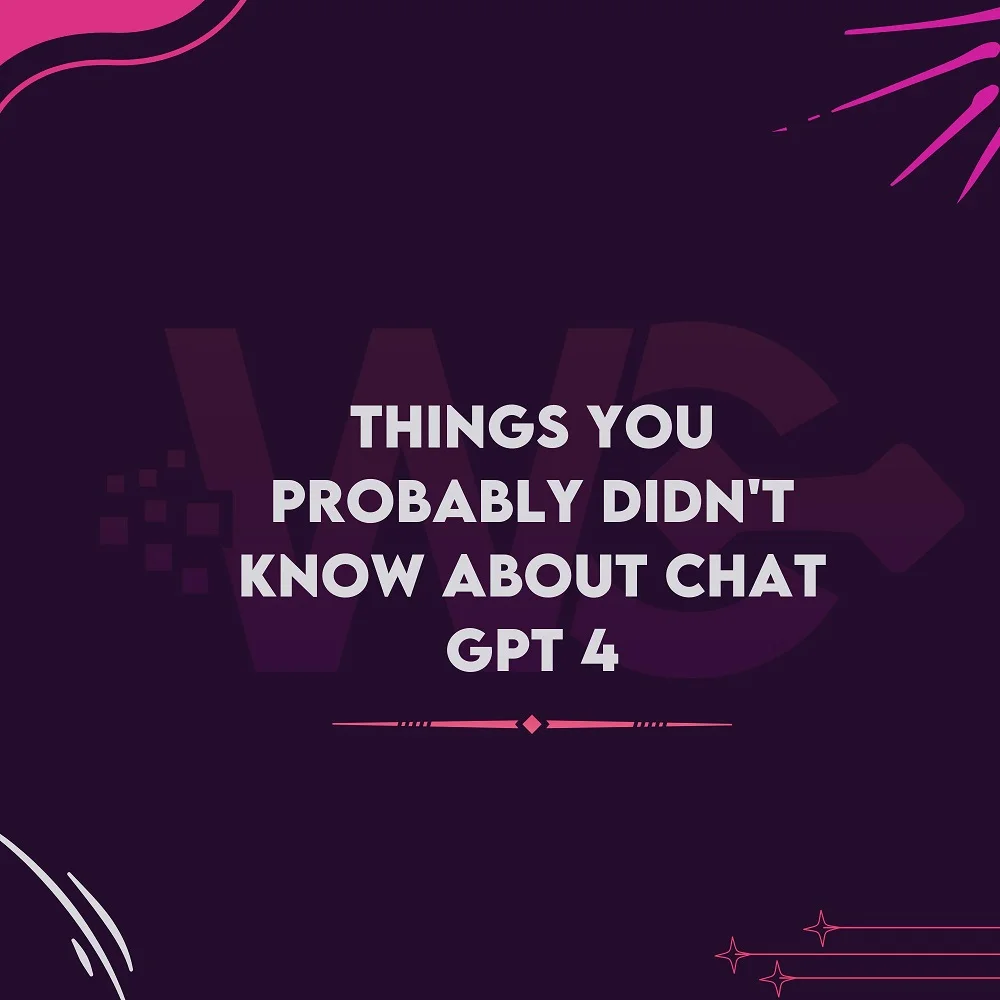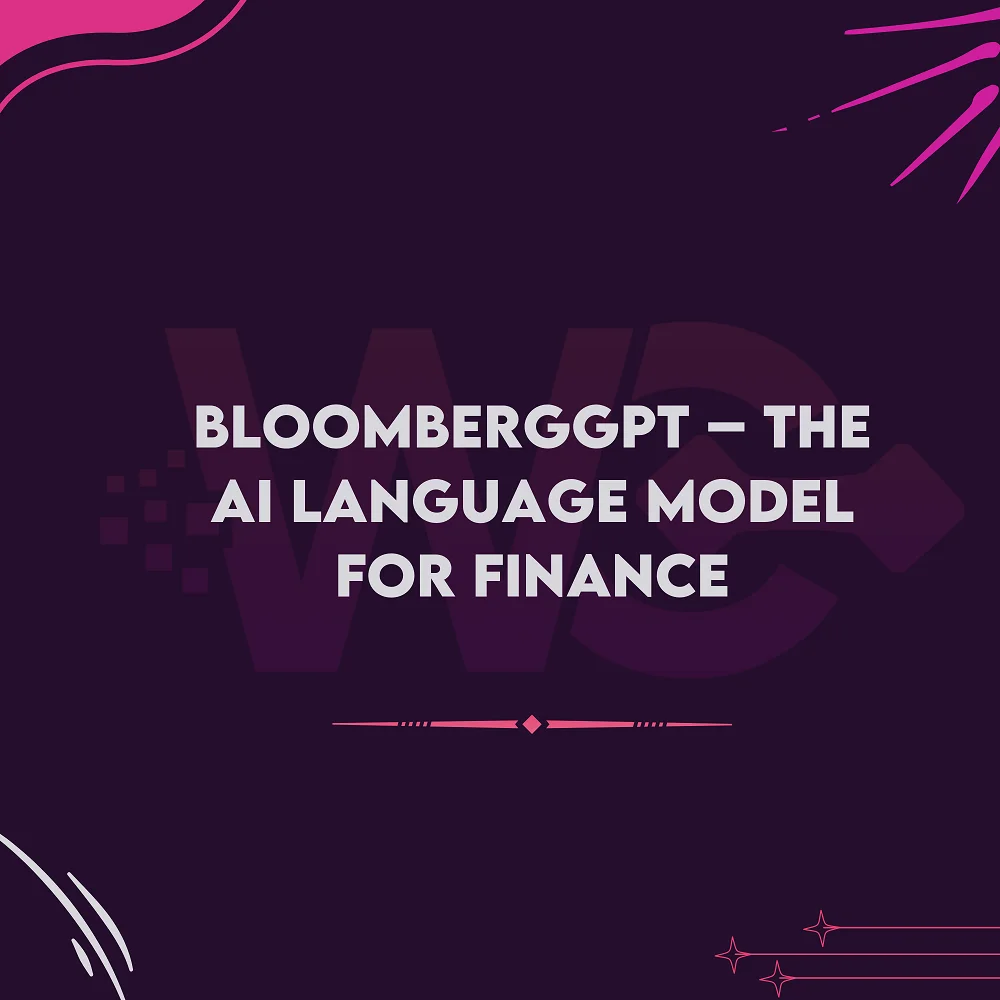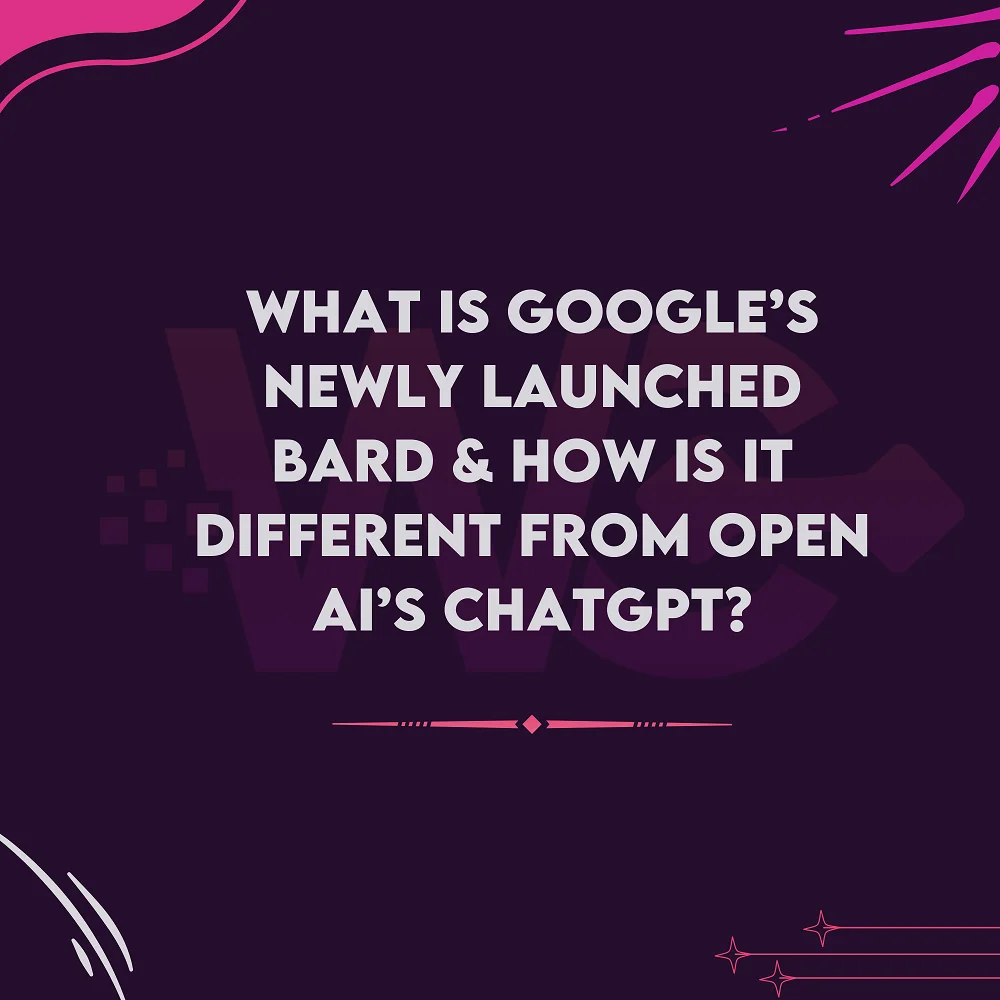
Are you interested in the idea of natural language generation? If so, you’ve undoubtedly heard about ChatGPT-4, the most recent development in open-source language models. With increasing research into enhanced natural language processing (NLP) capabilities, GPT-4 has become one of the gold standards for constructing AI applications. But did you realize there’s a lot that goes into it? Here are some details about what truly makes GPT-4 tick, from how it works under the hood to recent breakthroughs in utilizing it for projects like summarization and dialog systems. Learn everything you need to know about GPT here!
GPT-4 is a significant advancement in natural language processing, allowing computers to understand language like humans. It can generate text that mimics human writing style using just a few words. GPT-4 has potential applications in chatbots, content creation, automated translations, text summarization, sentiment analysis, question generation, and fiction storyline completion. Its powerful language capabilities could revolutionize work and communication by making tasks easier and more efficient.
The Different Types of ChatGPT-4 Models Available and Their Uses
GPT-4 (Generative Pre-trained Transformer) models are an innovative form of artificial intelligence that uses natural language processing and machine learning to create written text. GPT-4 models are commonly used for summarizing, producing narratives, and generating writing in a given style. The most prevalent GPT-4 models available are OpenAI’s GPT, Google’s BERT, Microsoft’s XLNet, and HuggingFace’s Transformer Library. All have distinct characteristics; for example, OpenAI’s GPT has a bigger model size, but Google’s BERT offers superior inference skills than other models. While each model is useful in its own way based on the user’s needs, the Huggingface Transformer Library is especially useful for individuals who are just getting started and do not want all of the specialized capabilities that some models provide.
How ChatGPT-4 is Used for Language Generation and Understanding
GPT-4 is an artificial intelligence language model created by OpenAI, a major San Francisco-based research lab focused on developing and delivering groundbreaking AI technologies at the human level. GPT-4, like its predecessors, GPT-3 and GPT-2, has demonstrated a great capacity to construct natural language on its own. While previous models focused primarily on text production, the most recent version of Open AI’s transformer technology may also be utilized for natural language comprehension tasks such as translation and summarization. The artificial intelligence model is substantially quicker and more accurate than earlier versions, using less training data to get better results. It can produce phrases that are both grammatically accurate and astonishingly close to human-quality writing using powerful GPUs. GPT-4’s natural language-generating skills have drawn many people’s interest in content creation, making it a great tool for authors looking to increase productivity.
The Challenges with Training a ChatGPT-4 Model and Potential Solutions
Training a GPT-4 model is no easy task. Its enormous size complicates the entire operation, making it tough to grasp. For starters, GPT-4 models require extensive training sets that cover a wide range of situations and themes. This model requires multiple layers with the appropriate neurons to assure its capacity to create high-quality outputs, complicating the process even further. Additionally, sufficient data preparation is required, which is a time-consuming and resource-intensive effort. Finally, because of their complexity, GPT-4 models demand substantial amounts of power and memory resources for proper training, which might be expensive or difficult to get in some instances. Fortunately, there are solutions to overcome some of these obstacles. Structured data and smaller versions of the GPT-4 model can reduce the difficulty of training it since they are easier to work with and demand less processing power. Other programs, such as HuggingFace, offer alternate alternatives for individuals without direct access to strong GPUs or large amounts of computational power. Finally, while considerable resources are required for ChatGPT-4 training, several technologies and methodologies exist today that make the process easier than ever before
Tips for Getting the Most Out of Your GPT-4 Model
Using a Generative Pre-trained Transformer 4 (GPT-4) model can produce better outcomes than other machine learning methods. To get the most out of GPT-4, keep the following suggestions in mind throughout installation: When feeding a sentence into the model, make sure it is properly structured and capitalized when appropriate; this will allow the model to interpret it faster. You should also develop training samples to guide its learning; for example, if you want it to generate better photos or text, give it plenty of examples to work with. Furthermore, allow time for the model to ‘warm up’; initially, it may make mistakes as it adjusts to the data, so be patient and wait until subsequent iterations show progress. Finally, try adopting smaller, pre-trained models, which provide additional complexity while conserving resources. All of these ideas will help your GPT-4 model function to its full potential.
How GPT-4 is Being Used in Real-Life Applications Today
GPT-4 is a strong deep-learning language processing system that has recently received a lot of attention, and for good reason. This language model creates natural-sounding text using a neural network. It is already being utilized in real-world applications such as customer service automation, written document and blog post translation, creative story development, and text summaries. For example, AI startups use ChatGPT-4 to create content more quickly and easily than manual writing. The language model can evaluate massive texts and provide summaries far faster than any one writer could. Overall, GPT-4 demonstrates how machine learning may be used to simplify and improve the efficiency and accuracy of common processes.
Conclusion
Overall, GPT-4 has shown remarkable promise and might be a game changer for the artificial intelligence field. Its potential is still being investigated, and new applications emerge on a daily basis. Despite certain training challenges, ChatGPT-4 is definitely worth learning about if you’re seeking ways to improve AI technology or your own grasp of language comprehension and generation. Whether you’re interested in robotics, scientific research, programming, or creative writing, GPT-4 can assist. Its versatility makes it an excellent tool for a variety of applications. With all of this in mind, one thing is clear: GPT-4 demonstrates what can be accomplished with the correct tools and expertise.











